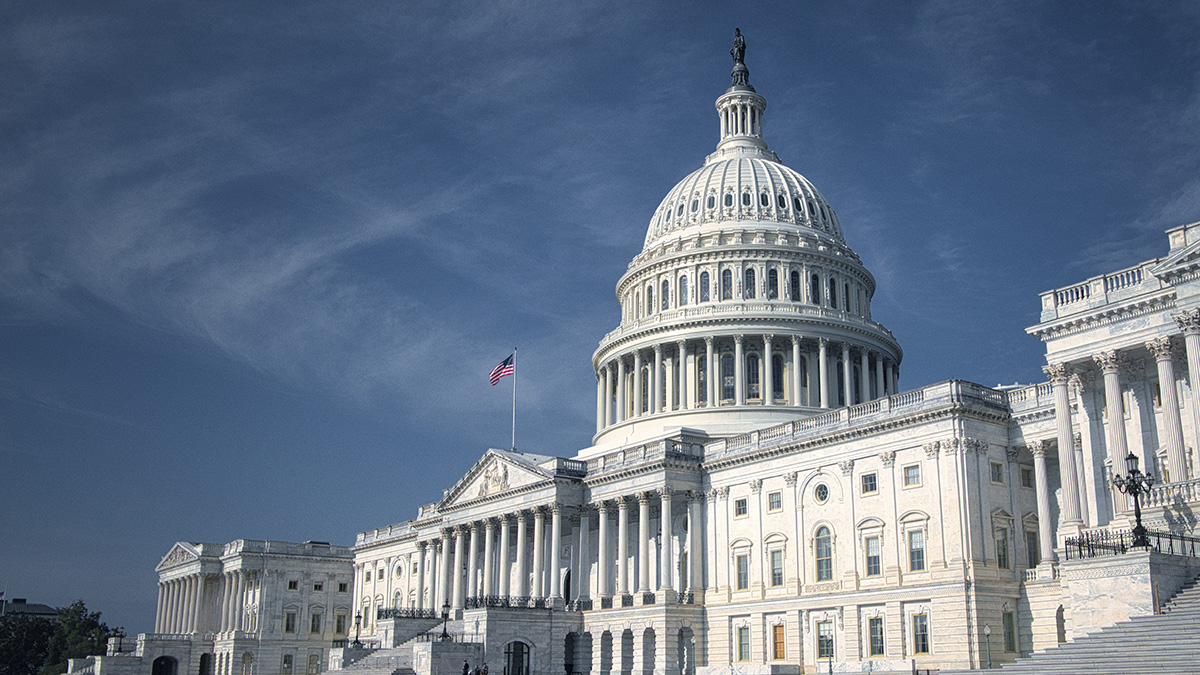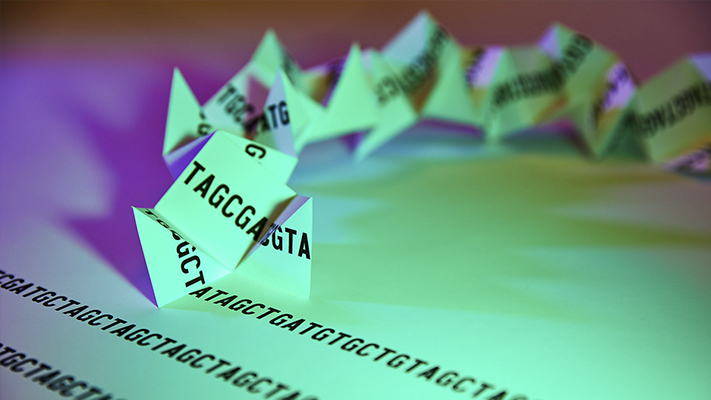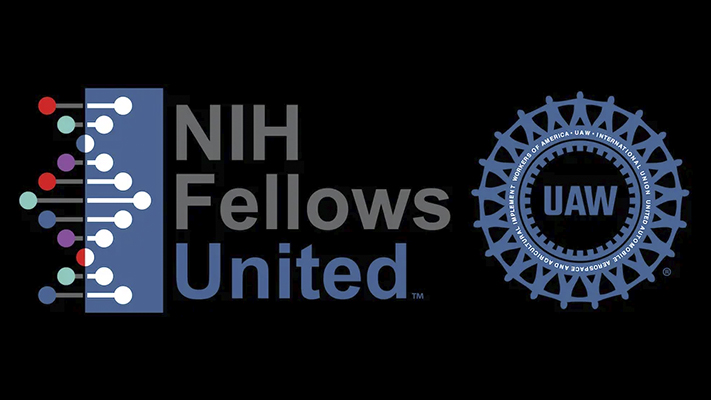NHGRI revamps state-level legislative database
As February begins, many of us at NHGRI are working hard in preparation for the upcoming 101st meeting of the National Advisory Council for Human Genome Research. I invite you to watch the Open Session of our council meeting starting at 10:30 a.m. ET on Monday, February 12. Of note, this past September, we celebrated the 100th meeting of this council, during which we recognized the career of Bettie Graham, Ph.D., who we wish the best in retirement. To learn more about her remarkable career and the history of our institute, you can now watch Dr. Graham’s oral history on NHGRI’s YouTube channel, GenomeTV.
I am also delighted to announce that I am now on Instagram! You can find me at @nhgri_director. By following, you will get updates about the institute, highlights from my life as NHGRI director, and many, many photographs, including my “Wildlife Wednesday” routine. Many of you may not realize that I am a serious amateur photographer, with a particular fondness for wildlife photography.
All the best,
![]()
In This Issue
- NHGRI revamps state-level legislative database
- New videos of scientific directors celebrate 30 years of NHGRI intramural research
- New report recommends ways to support the postdoctoral workforce
- Meeting explores future research directions related to the genetic architecture of human complex traits
- Intramural trainees across NIH form new union
Genomic Research Spotlight
Building a vertically integrated genomic learning health system: The biobank at the Colorado Center for Personalized Medicine
Wiley et al.
Am J Hum Genet. 2024 Jan 4 PMID: 38181729
Precision medicine, often referred to as personalized medicine, represents a novel approach to clinical management that incorporates patients' genetic information, medical health records, and individual circumstances to tailor a more individualized medical plan for each patient. The effectiveness of a personalized medical system hinges on research using BioBanks — facilities that collect, store, and analyze large amounts of biological samples and the associated health information about the individuals who provided those samples. In this article, University of Colorado researchers describe the Colorado Center for Personalized Medicine, a BioBank derived from a highly diverse patient population. They pinpoint essential strategies for creating a successful BioBank and underscore the value of collaboration between clinicians and researchers in advancing the field of personalized medicine.
This research was funded in part by the NIH with a grant to Christopher Gignoux, Ph.D., who is a professor at the University of Colorado; that grant is part of the Investigator-Initiated Genomic Medicine Research Program (PAR-18-735).
About The Genomics Landscape
A monthly update from the NHGRI Director on activities and accomplishments from the institute and the field of genomics.
Last updated: February 8, 2024




